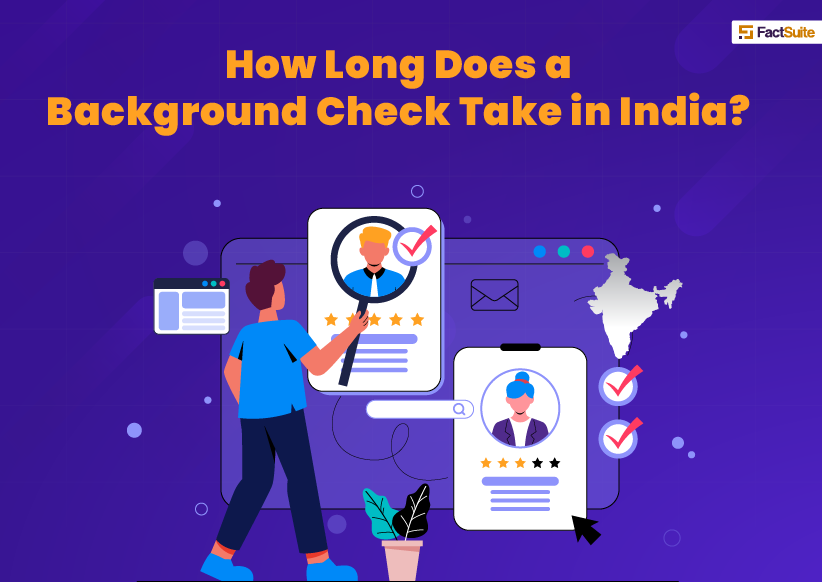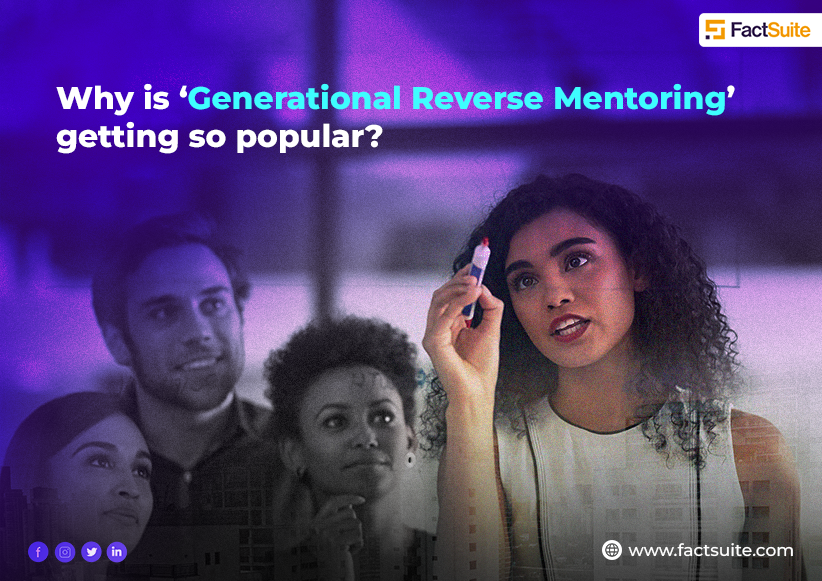Simple Steps to Get Your Aadhaar XML Paperless e-KYC Done

Aadhaar is the 12-digit unique identification number issued by the Unique Identification Authority of India (UIDAI). It plays a pivotal role in verifying one's identity. While Aadhaar is extensively used for various purposes, one essential feature is the Aadhaar XML Paperless e-KYC (Know Your Customer) process. This offline method allows individuals to securely share their Aadhaar information with service providers without revealing their Aadhaar number. In this blog, we will walk you through the simple steps to obtain your Aadhaar XML Paperless e-KYC and understand its advantages and usage.
Table of Contents
- Here is the process to download the Aadhaar XML file for offline eKYC:
- How should it be used?
- How does it work?
- Why Aadhaar Paperless Offline e-KYC?
- Privacy Protection
- Convenience
- Security
- Paperless
- Authorized Access
- How to obtain Aadhaar Paperless Offline e-KYC Data
- FAQs
Here Is the Process to Download The Aadhaar XML File For Offline e-KYC
1. Visit the UIDAI Official Website
To initiate the Aadhaar XML Paperless e-KYC process, start by visiting the official UIDAI website at https://uidai.gov.in/.
2. Select the "Download Aadhaar" Option
On the UIDAI website, locate and select the "Download Aadhaar" option. This will redirect you to a new page where you can begin the process.
3. Enter Your Aadhaar Number or VID
You will be prompted to enter your 12-digit Aadhaar number or 16-digit Virtual ID (VID), along with the security code displayed on the screen. After entering these details, click on either the "Send OTP" or "Enter a TOTP" button.
4. Generate OTP or TOTP
You will either receive an OTP on your registered mobile number or generate a TOTP using the mAadhaar app (if you have it installed). Enter this OTP or TOTP in the designated field.
5. Verify the OTP/TOPT
After entering the OTP or TOTP, click on the "Verify OTP" or "Verify TOTP" button to confirm your identity.
6. Download Aadhaar XML
Upon successful verification, you will gain access to various Aadhaar download options. To obtain the XML file required for offline e-KYC, select the "XML" option.
7. Enter the Security Code
Enter the security code displayed on the screen and click on the "Submit" button to proceed.
8. Download and Extract the XML File
Your Aadhaar XML file will be downloaded in a zipped format. You will need to extract its contents to access the XML data within.
9. Securely Store and Use the XML File
After extracting the XML file, ensure that you securely store it on your device. You can now share this XML file with authorized service providers when they request your Aadhaar information for e-KYC purposes.
How Should It Be Used?
Aadhaar XML Paperless e-KYC is a secure and convenient way to share your Aadhaar information with service providers without revealing your Aadhaar number. The offline Paperless e-KYC is typically used for various purposes, including opening bank accounts, applying for government services, and more. Always exercise caution and share your Aadhaar information only with trusted and authorized entities.
How Does It Work?
Aadhaar XML Paperless e-KYC works by allowing individuals to download a zipped XML file from the UIDAI website. This file contains selected information, such as your photo, date of birth, and other details you choose to share during the e-KYC process. The advantage of Aadhaar XML Paperless e-KYC is that the file does not disclose your Aadhaar number, and even your email ID and password are securely hashed using UIDAI's specified algorithm.
The selected fields are digitally signed with UIDAI's private key, and to verify the digital signature, the public key is also included in the XML file. This offline Paperless e-KYC ensures the authenticity and security of the data being shared.
Why Aadhaar Paperless Offline e-KYC?
There are many advantages of Aadhaar XML Paperless e-KYC-
Privacy Protection: Your Aadhaar number is not disclosed, enhancing your privacy and security.
Convenience: It provides a convenient way to share your Aadhaar information with service providers without physical documents.
Security: Information is digitally signed and protected with encryption, ensuring data integrity and authenticity.
Paperless: It eliminates the need for physical documents and reduces paperwork.
Authorized Access: You have control over who accesses your Aadhaar information.
How To Obtain Aadhaar Paperless Offline E-KYC Data
By following the steps outlined in this blog, you can easily obtain your Aadhaar XML Paperless e-KYC data and leverage its benefits for various verification and authentication purposes.
FAQs
1. What is Aadhaar Paperless Offline e-KYC?
Aadhaar Paperless Offline e-KYC is a method provided by the Unique Identification Authority of India (UIDAI) to securely share an individual's Aadhaar information with service providers without disclosing the actual Aadhaar number. This process involves downloading an XML file containing selected personal details, such as name, date of birth, and photo, in a digitally signed and encrypted format. It enhances privacy and security while allowing individuals to authenticate their identity for various services and transactions.
2. What is XML format?
XML stands for eXtensible Markup Language. It is a structured data format commonly used for storing and transporting data. In the context of Aadhaar, the XML format is used to store personal information securely. It allows for the organized representation of data, making it easier for systems to interpret and process the information.
3. What details does the Aadhaar XML file contain?
The Aadhaar XML file contains specific personal details that an individual chooses to share during the offline Paperless e-KYC process. These details may include the following:
Name
Date of Birth
Photo
Gender
Address (optional)
Mobile number (optional)
Email ID (optional)
Notably, the Aadhaar number is not included in the XML file, even in a masked form. Additionally, the email ID and password are securely hashed to protect the individual's privacy.
4. Who are the users of this Aadhaar Paperless Offline e-KYC?
Aadhaar XML Paperless e-KYC data can be used by a variety of entities and individuals, including:
Service Providers: Organizations and businesses that require Aadhaar-based verification of customers or users can have an advantage of Aadhaar XML Paperless e-KYC from individuals.
Individuals: Any Aadhaar holder can use this method to share their information with service providers, such as banks, telecom companies, government agencies, and more, for various purposes, including opening accounts, availing government services, and more.
5. How to share this Paperless Offline e-KYC document with the service provider?
To share the Aadhaar XML Paperless Offline e-KYC document with a service provider, follow these steps:
- Download the Aadhaar XML file as described in the previous steps.
- After downloading and extracting the XML file, you will have access to the data.
- When a service provider requests your Aadhaar details for verification or KYC, you can provide them with the extracted XML file.
- Ensure that the service provider has the means to verify the digital signature on the XML file using UIDAI's public key.
- The service provider can then use the Aadhaar XML Paperless e-KYC data for the required authentication or verification while safeguarding your privacy by not accessing your actual Aadhaar number.
- Always exercise caution when sharing your Aadhaar information and ensure that you share it only with trusted and authorized entities.































































































































































